So You Want to Start Mountain Biking?
Mountain biking is riding a bicycle on natural surfaces, such as dirt, rocks, and roots. It requires a blend of physical fitness, technical skill, and creativity to ride.
Mountain biking takes on many forms. It is up to each individual to decide how they want to enjoy it. While advertisements of someone hitting huge jumps and drops in the desert come up first in many Google searches and social media reels, it is not the only (or even most common) way to partake and enjoy the sport. Let’s break it down.
Why Mountain Bike?
Because it’s fun!
Exercise is one reason. Getting out and spinning your legs is an excellent way to get in cardio while also having fun. You will get a full body workout while navigating terrain – your upper body is more active compared to other cycling disciplines. Mountain Biking can also be a viable alternative to other forms of exercise due to its lower impact nature. Your joints do not see the same forces compared to running.
Beyond exercise, there is the skill aspect to riding. You probably won’t get on a mountain bike for the first time and successfully hit jumps with all the style and grace that you see in ads. On the flip side, the pursuit of a better you is addicting. Figuring out how to get air time, navigate technical sections of rocks and roots, conquer the trail more fluidly, and add style to your riding is what drives many riders back to the woods day in and day out.
Lastly, nature is beautiful. The mechanical advantage of riding a bicycle aids in getting you to some cool overlooks and places you wouldn’t be able to see by other means. The views, scents, and sounds are almost therapeutic for most.
Types of riding
There are a number of subgenres of mountain biking. It is important to have a rough idea of these types so that you can get a bike that suits your interests. While having the right tool for the job is important, you can mix and match bikes between genres.
Cross Country
Cross Country mountain biking is riding from point-to-point or in a loop as quickly as you can. The focus is on traversing vast terrain while maintaining the highest average speed you possibly can.
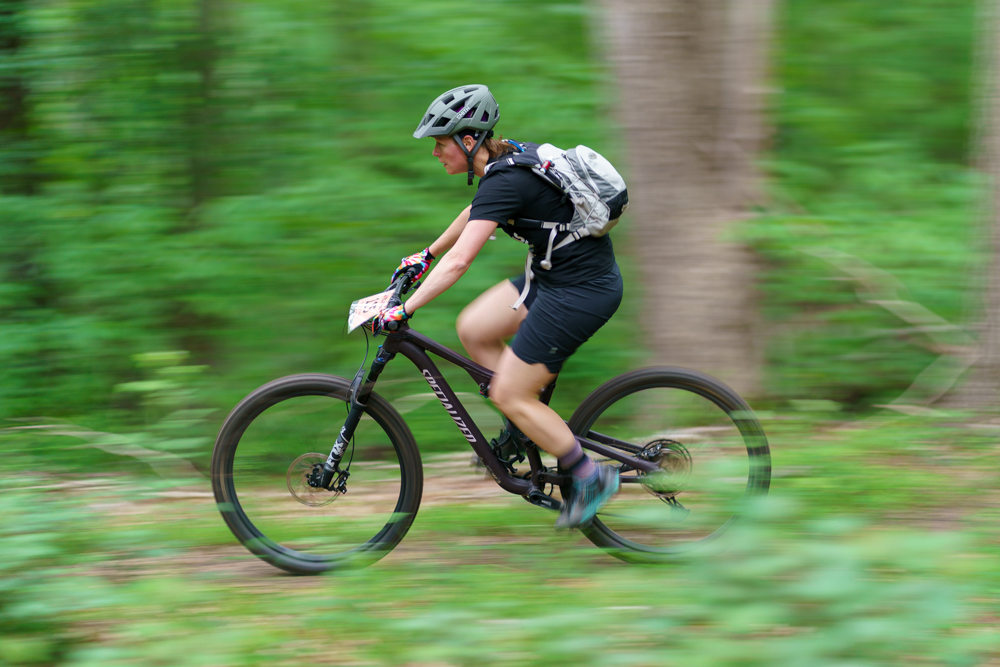
The bikes purpose-built for this genre demand efficiency. Lightweight materials and designs are used to keep weight in check while ensuring mechanical durability. 29” wheels (the largest available) dominate the majority of these bikes, with some exceptions for very small riders. There is typically just enough suspension (80-100mm) to smooth out some of the rocks and roots that one may encounter, but the purpose is more to maintain speed.
Trail
Trail riding is similar to cross country riding, except riders may not place as much emphasis on speed. Generally one is riding the same trails and same distances, but you may aim to hit more bonus lines and features along the way. Examples being rock rolls to the side of the trail, skinny bridges in the woods, or the occasional and optional jump.
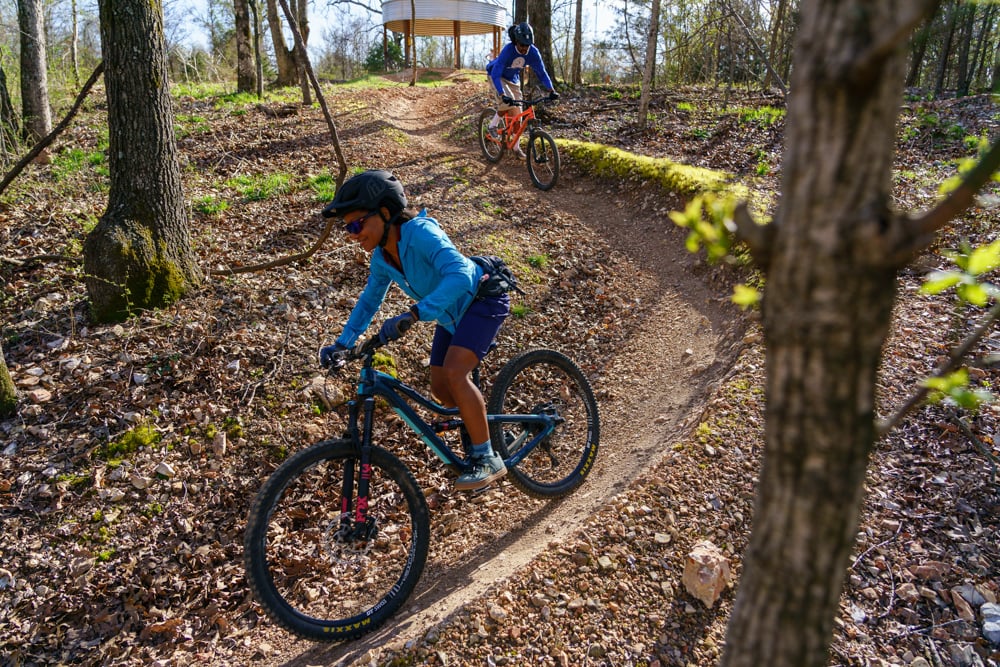
Trail bikes aim for a bit more rider comfort and durability. These bikes have more suspension travel (120-150mm) while running 29” wheels. They also have parts that are a touch heavier, but more durable. Think of trail bikes as swiss army knives. Not the best at anything, but capable of doing just about everything.
Enduro
Enduro is also known as “all-mountain,” – this style of riding is an elevation of trail riding. Riders will generally pedal up taller hills and mountains and come down steeper terrain. There is typically more challenging terrain that demands a higher level of skill and commitment.
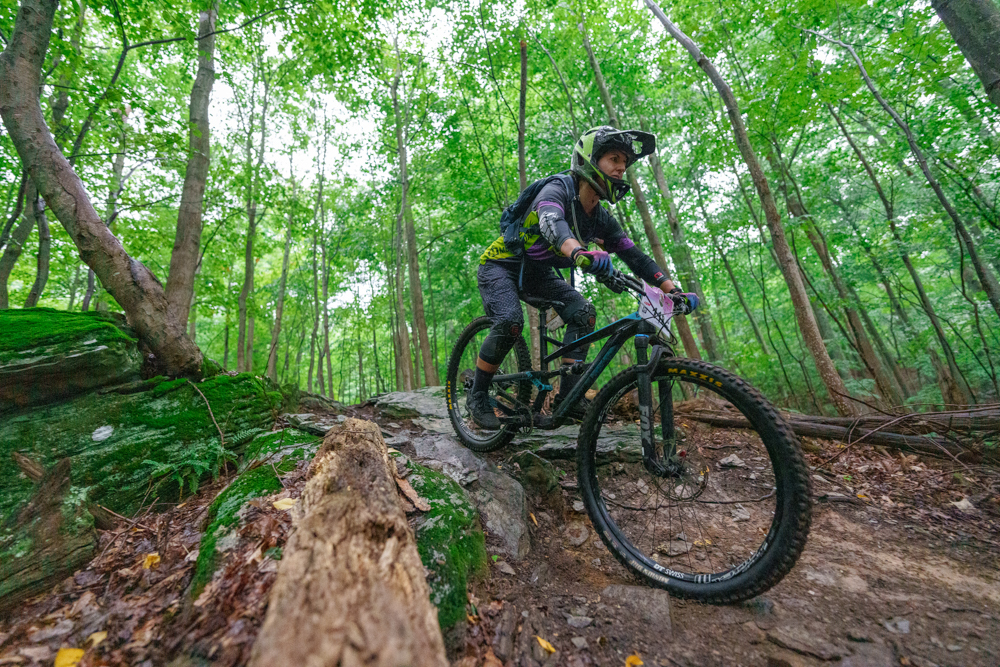
The bikes for this style of riding are built even more robustly so you can go quickly down the mountain yet still climb back up under your own power. 29” wheels and mixed wheel (29” front and 27.5” rear) wheeled bikes with longer travel (around 160mm at both ends) dominate this genre.
Downhill
The name says it all. Riders really only care about going down. They scoff at the idea of pedaling up and only mildly tolerate flat, rolling terrain. This genre is generally defined by more elevation, very technical features such as rock gardens, larger jumps and drops, and high rates of speed.
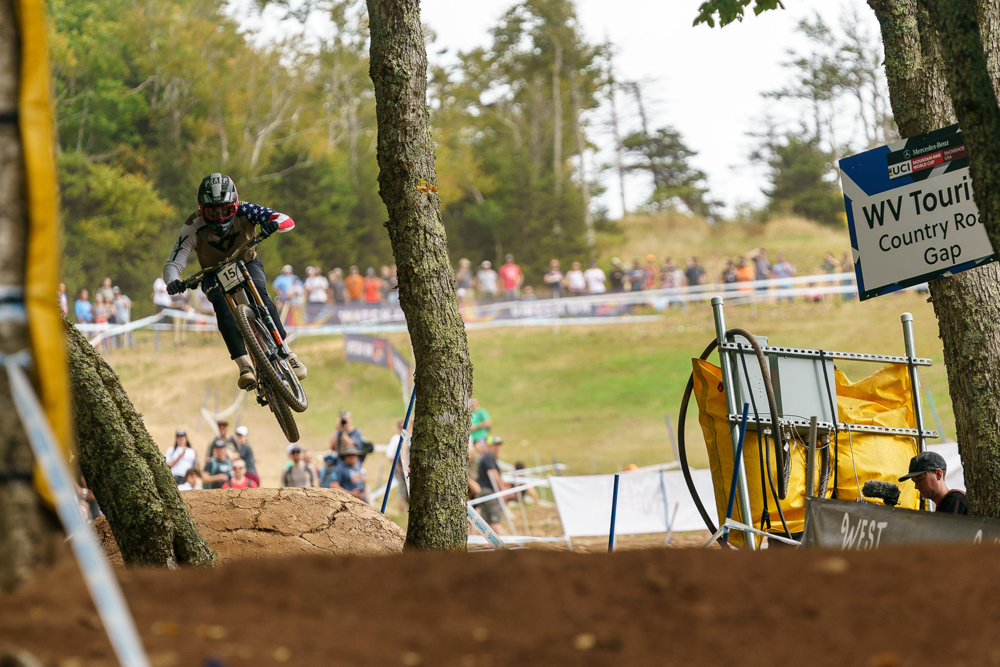
The bikes for this category are built like tanks. 29” wheels or mixed wheels are the current market offerings for these bikes. To help with going down, these bikes deliver large amounts of suspension travel, north of 200mm at both ends. Additionally, the front end receives a dual crown fork to improve how well the bike tracks when things get hectic.
Freeride
Freeriding is about creativity and style. Riders aim to unlock technical features on trails, such as jumping across gaps and successfully completing tricks.
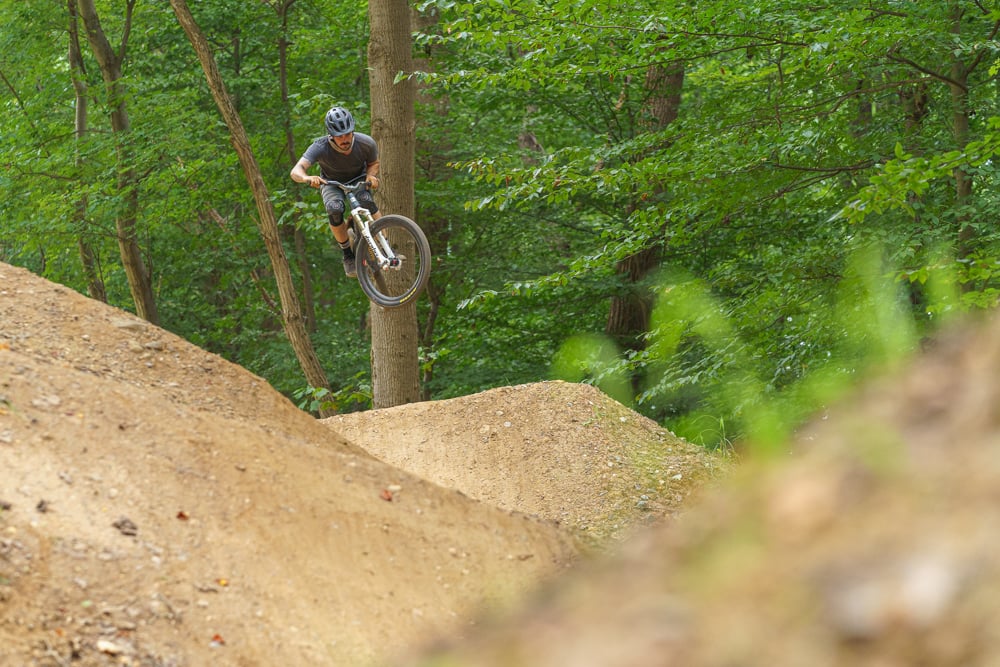
Freeride bikes share a lot of similarities to enduro bikes. Generally, 27.5” bikes are preferred here to make tricks easier. A touch more travel (around 180mm) is also seen here compared to enduro bikes. For some riders, ditching the drivetrain is also important for durability and simplicity. You will sometimes see these bikes set up as single-speed bicycles.
Basic Gear
Once you have sourced a usable bike, there are a handful of items that you need to make sure you have for fun first ride.
Helmet
Safety first! Everyone has different shaped heads, so one size does not fit all. Beyond the sizing charts, try on helmets in person to ensure that it fits. If it starts to hurt or create hot spots, it isn’t the helmet for you.
Season Appropriate Athletic Clothing
You don’t need to go out and buy a mountain bike kit to go ride for the first time. Some moisture wicking clothing will do. BUT…padded shorts are nice for your backside. Pro-tip, ditch the underwear when wearing these on the bike. You’ll avoid chafing down there.
The Black Bibs Adventure Bib
REI Cycling Liner – Men
REI Cycling Liner – Women
Water
Water bottles, hydration packs, or a really good friend that’ll keep you covered. Make sure you have a way to hydrate yourself while out riding.
USWE MTB Hydro Pack
High Above Nova
Tools
While you do not need to be ready to rebuild an entire bike trailside on your first go, some basic tools will go a long way. The vibrations from riding a bike off road causes things to come loose every now and then. Totally normal.
Crank Brothers F10+
Park Tool Rescue Tool
Where To Ride
Having all of this gear is cool, but where do you ride? There are a few ways to figure that out.
Local Bike Shops
Leverage your local shop. They are generally the pulse to local riding with knowledge on where to ride for various skill levels and can give you an idea of when it is good to ride. Beyond just asking for intel on riding, support them with business so they can keep providing you and the community with help.
Off-Road Digital Maps
I am making a big assumption that you have a smart phone in your pocket. If you do, there are apps that will help you navigate trails. This is a non-exhaustive list, but some free and paid options are as follows:
Trail Forks
MTB Project
AllTrails
Open Street Maps
About the Gear Tester

Korey Hopkins
Korey Hopkins is a freelance photographer, videographer, and writer. When he isn't pointing a camera somewhere outdoors, he is outdoors on a mountain bike. Lately, he has been exploring everything else outside from hiking, rock climbing, to skiing.

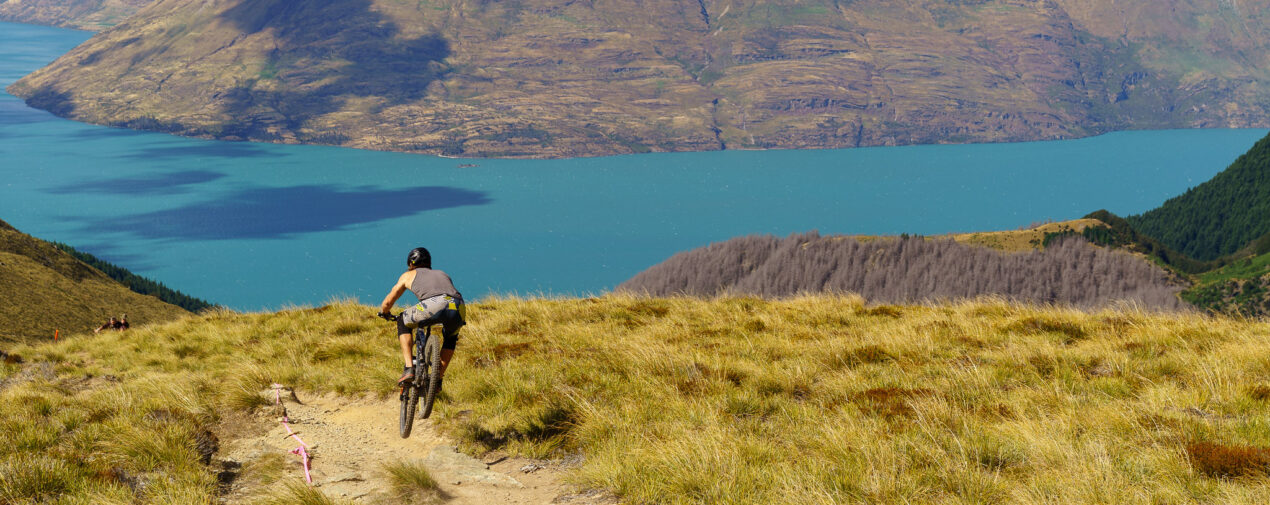
Great article!
Thanks Harry! Glad to hear you found it helpful 🙂